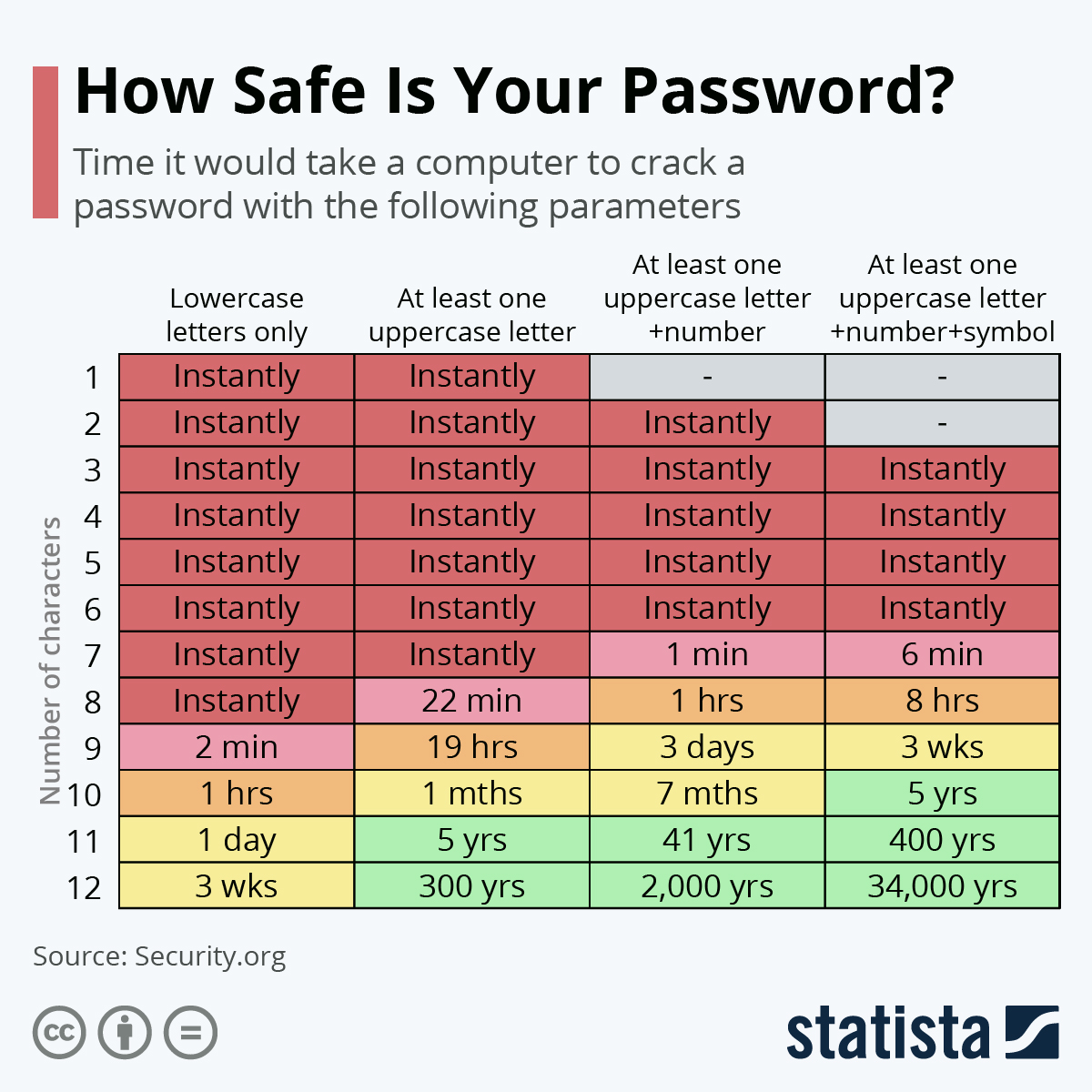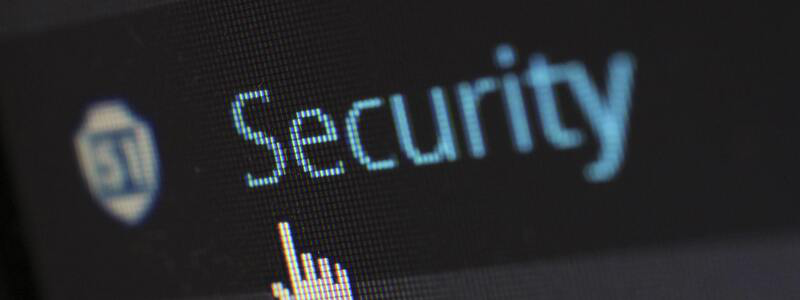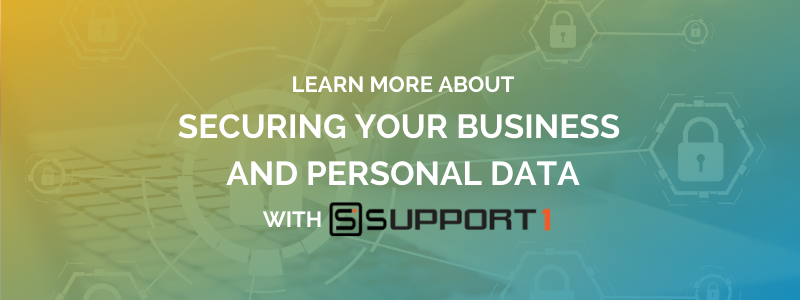How to Keep Data Safe and Secure
Keep data safe and secure for protecting your personal and business data online has never been more critical than it is these days. The threat is real, and there are a lot of criminals out there trying to access your data.
There are several methods criminals are using to try and steal your passwords and other valuable data. These include monitoring activity on public WiFi, phishing schemes, two-factor verification hacks, data dumps, and old-fashioned password hacking.
Password hacking
Password hacking is still one of the more popular of these methods.
Most of us already have more passwords than we can remember. For this reason, we usually pick something – a family member’s name, our pet’s name, a city, a business, etc. – we are not inclined to forget.
Unfortunately, hackers can easily find this information through our online activity or a little digging. In addition, automated password cracking software can quickly run millions of variations on these types of passwords.
 You will find more infographics at Statista
You will find more infographics at Statista
As the chart indicates, any password under six characters can be hacked immediately. Therefore, adding additional characters is the best way to prevent your password from being hacked. Adding four or five random letters, numbers or symbols can significantly increase the security of your passwords. Additionally, you may want to avoid the names of people, places, or things that have special meaning to you and are reasonably public information.
ERP Systems like SAP Business One Help Keep Data Safe and Secure
Integrating an ERP system like SAP Business One into your company will increase your cybersecurity helping keep your data safe and secure, centralized monitoring, and automated audits so that organizations can track entire IT environments from Cloud applications to IT infrastructure.
ERP security helps you protect a number of assets in a company. To keep all your private information safe, it covers different security areas such as:
- Operating system
- Infrastructure
- Database
- Network

A secure ERP system encompasses the closed configuration of the servers, the enabling of security logging, the security of communications within the system and the security of the data. Users and authorizations are no less critical. As you can imagine, it is essential to ensure system compliance with continuous monitoring, audits and the establishment of fallback concepts.
Most Commonly Used Security Features to Protect ERP Data
- Multi-Factor Authentication. It all comes down to more robust authentication. The more factors between the access request and the business process or database, the more secure it is from external attackers.
- Behavioral Monitoring. This applies to human users and nonhuman actors like applications and databases. This makes sure everyone acts unexpectedly following proper workflows and business processes. If they don’t, then you need to investigate.
- Automation. Your ERP system needs to conduct its business processes with minimal interruption. Most next-gen cybersecurity solutions emphasize performing as much of their activities as possible without direct human interaction. It helps speed detection and remediation when threats are detected.
Why is ERP security important?
IT security aims to protect these assets, devices, and services from being disrupted, stolen, or exploited by unauthorized users, otherwise known as threat actors. These threats can be external or internal and malicious or accidental in origin and nature.



